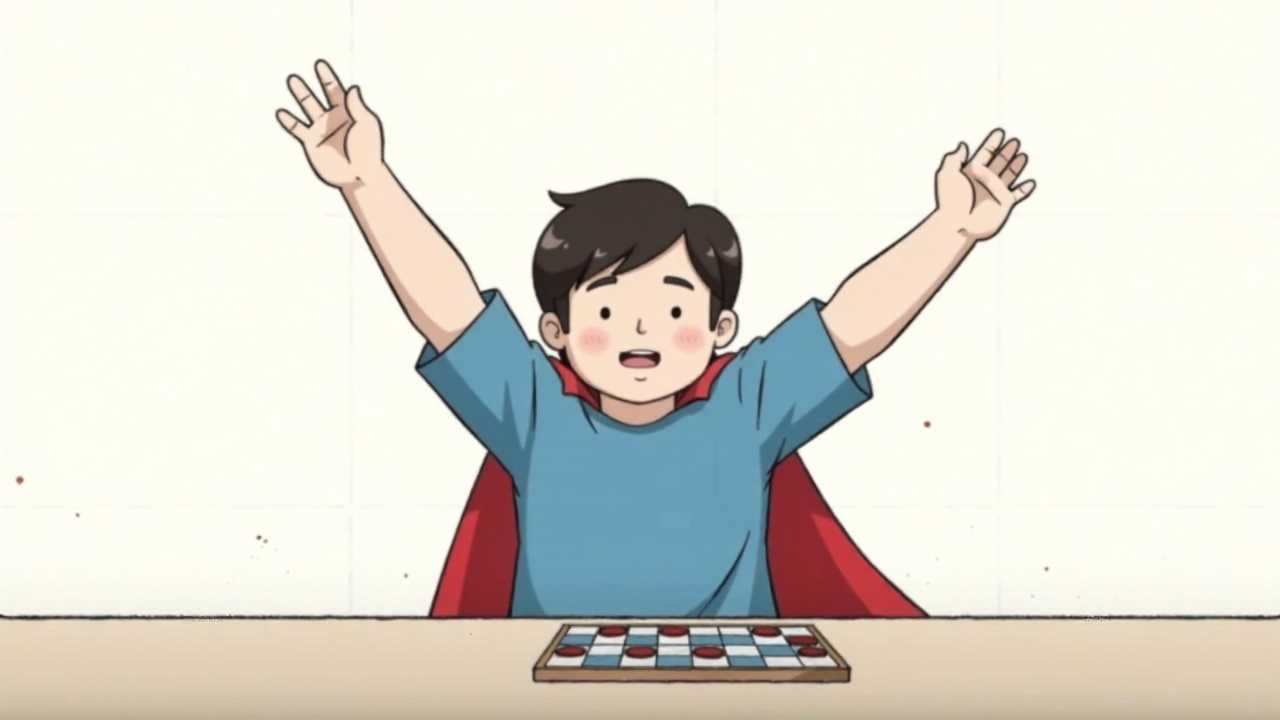
Understanding Character Design for Casual Games
In the realm of casual games, the significance of character design cannot be overstated. Characters serve as the heart and soul of these games, providing players with a sense of connection and engagement. The character design for casual games must resonate with the target audience, embodying traits that are both relatable and appealing. This involves a delicate balance of creativity and functionality, ensuring that characters are not only visually striking but also serve the gameplay effectively.
Mobile Character Illustration: Bringing Characters to Life
Mobile character illustration plays a pivotal role in defining the visual identity of a game. The illustrations must be vibrant and engaging, capturing the essence of the character while remaining adaptable to various screen sizes. Artists often employ techniques that emphasize bold colors and clear lines, making the characters pop against the game’s backdrop. This approach not only enhances visual appeal but also aids in user recognition, allowing players to form a bond with their avatars.
When creating mobile character illustrations, it is essential to consider the character's personality and backstory. These elements should be reflected in the design, from facial expressions to clothing choices. For instance, a playful character may have exaggerated features and bright colors, while a more serious character might adopt a muted palette and refined shapes. This attention to detail helps in crafting a memorable character that players can relate to.
Casual Game Aesthetics: The Visual Language of Fun
The casual game aesthetics are characterized by their light-hearted and inviting nature. This visual language is crucial in attracting players of all ages and backgrounds. A well-designed aesthetic creates an immersive environment that encourages exploration and interaction. Elements such as backgrounds, color schemes, and character designs must work harmoniously to create a cohesive experience.
Incorporating playful design elements into the aesthetics can significantly enhance the overall appeal. For example, whimsical backgrounds and animated effects can make the game feel more dynamic and engaging. By focusing on user-friendly character visuals, developers can ensure that players are drawn into the game world, eager to interact with the characters and their surroundings.
Stylized Game Avatars: Crafting Unique Identities
Stylized game avatars are a hallmark of casual games, allowing players to express their individuality. These avatars can range from cartoonish representations to more abstract designs, each offering a unique take on character representation. The key to successful stylization lies in maintaining a balance between uniqueness and relatability. Players should feel a connection to their avatars while also enjoying the creative freedom that stylization offers.
When designing stylized avatars, consider the diversity of your player base. Offering a variety of customization options can empower players to create characters that resonate with their personal identities. This not only enhances player satisfaction but also fosters a sense of community within the game.
Game Art Concepts: The Foundation of Character Design
Game art concepts serve as the blueprint for character design, guiding artists and developers throughout the creation process. These concepts encompass everything from initial sketches to detailed renderings, ensuring that every aspect of the character aligns with the game’s vision. A strong art concept will consider the character’s role within the game, their interactions with the environment, and how they evolve throughout gameplay.
Collaboration between artists and game designers is vital during this phase. By sharing insights and feedback, the team can refine the character design, ensuring it meets both artistic and functional requirements. This collaborative approach often leads to innovative designs that elevate the overall gaming experience.
User-Friendly Character Visuals: Enhancing Gameplay Experience
User-friendly character visuals are essential for ensuring that players can easily navigate and interact with the game. Characters should be designed with clarity in mind, allowing players to quickly identify actions and abilities. This is particularly important in fast-paced casual games, where split-second decisions can impact gameplay.
To achieve user-friendly visuals, consider implementing intuitive design elements. For example, using distinct color codes or shapes to signify different character abilities can streamline the player’s experience. Additionally, animations that clearly demonstrate character actions can enhance understanding and engagement, making the gameplay more enjoyable.
Playful Design Elements: Adding Fun to Character Design
Incorporating playful design elements into character design can significantly enhance the overall gaming experience. These elements can include quirky animations, humorous expressions, or unexpected interactions that surprise and delight players. By embracing a playful approach, developers can create characters that not only entertain but also foster a sense of joy and wonder.
For instance, a character that reacts comically to player actions can create memorable moments that players will cherish. This emotional connection is vital in casual games, where the goal is to provide a fun and engaging experience that encourages players to return.
The Art of Character Design in Casual Games
In summary, crafting compelling character designs for casual games requires a thoughtful approach that balances creativity with functionality. By focusing on mobile character illustration, casual game aesthetics, stylized game avatars, game art concepts, user-friendly character visuals, and playful design elements, developers can create characters that resonate with players and enhance their gaming experience. As the landscape of casual gaming continues to evolve, the importance of innovative and engaging character design will remain a cornerstone of successful game development.
 Digital Art InstructionDIY Infographics DesignMobile Game ArtworkPersonalized Logo Design3D AnimationeBook Covers DesignPrivacy PolicyTerms And Conditions
Digital Art InstructionDIY Infographics DesignMobile Game ArtworkPersonalized Logo Design3D AnimationeBook Covers DesignPrivacy PolicyTerms And Conditions
